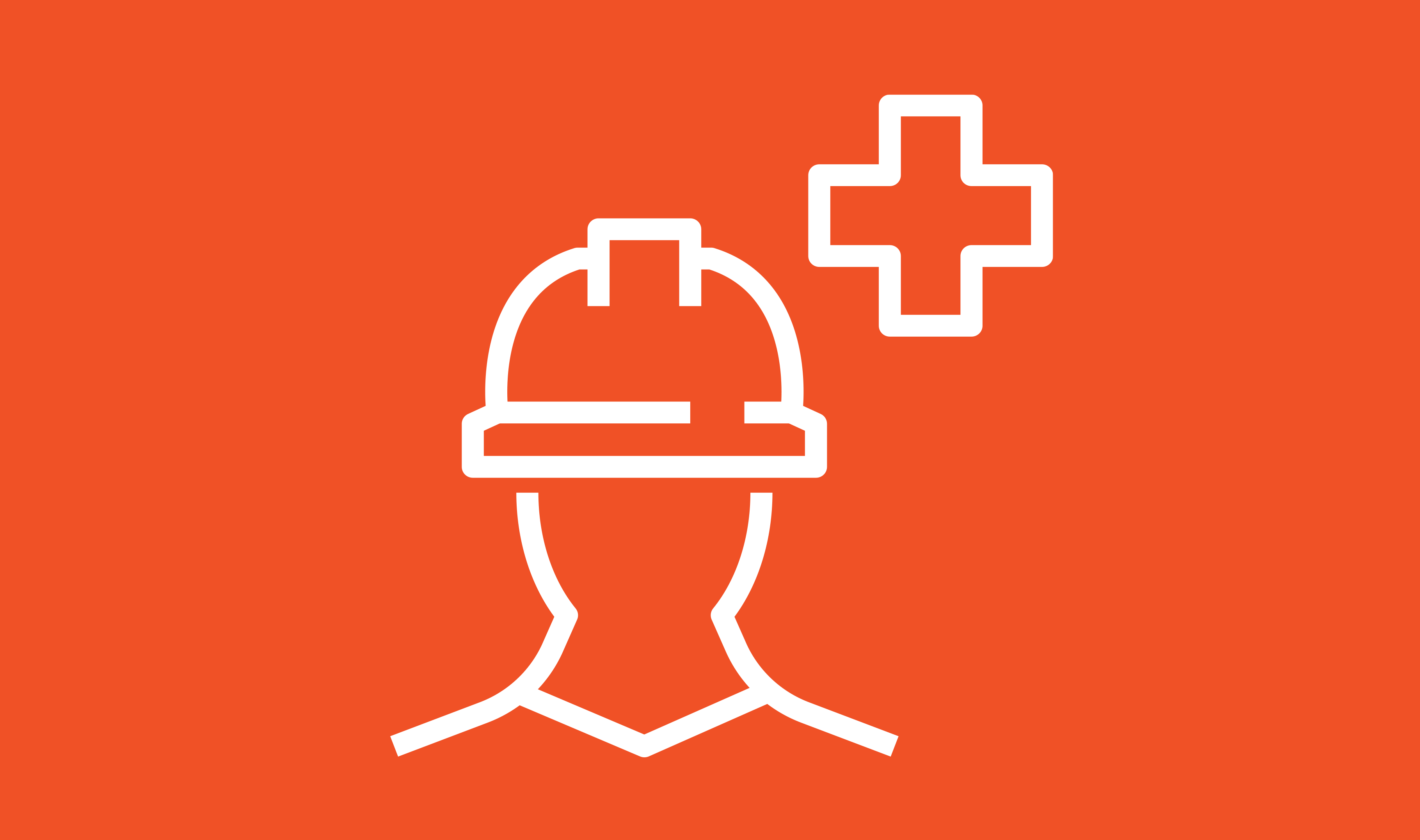HammerTech sat down with safety expert Michael Fackler, Trinity Safety Group, to discuss change, resistance, and how to get buy in for your safety program.
HT: What do your employees think about accepting your company’s safety guidelines?
From my experience, friction seems to occur when expectations around working safe are not clear. Everybody hates surprises, especially subcontractors who may feel blindsided by a GC’s safety requirements that only become known once they hit the jobsite.
Right or wrong, they could have failed to read the details in the pre-bid documentation, or the GC could have better communicated and placed a heavier emphasis on what is required. Regardless of how it happens, you have subcontractors showing up to job sites with an idea of how they are going to execute their work, only to learn new information (i.e. safety requirements) that now they have to account for.
The friction also comes from the nature of the industry, and the tight margins historically associated with construction. When subcontractors are already running on tight margins, on tight deadlines, and are often understaffed, any deviation from the plan is going to be met with resistance. That is not to say that subcontractors don’t want to work safely, in fact, I believe that no one approaches their work with the intention of getting hurt. So I don’t associate that resistance to adopting safety guidelines to wanting to work recklessly, I just see it as an unaccounted for variable that often gets introduced so late in the game that in order to account for the additional (and often unaccounted for) time and expense, subcontractors try and make that money up elsewhere on the project. This leads to shortcuts, deterioration of quality, etc which only compound and create even bigger issues for both the GC and the subcontractor. Not to mention what this does to the relationship between the subcontractor and the GC.
Subcontractors aren’t solely to blame. I think this is also perpetuated by GC’s who are inconsistent in their effectiveness in how they execute project site safety requirements. The same GC can have two different projects with vastly different expectations around how safety is communicated and executed. Same company, same commitment to safety, but it’s how project leadership executes on the plan, and holds others accountable through a commitment to communicate, collaborate, plan and execute work and how to do so safely. Excelling in these four key areas is what it means to create a culture of excellence. It’s a commitment to the process, the plan, that in the end makes getting the job done safer, and easier, with fewer delays, issues and headaches.
I think people on the whole want to work safe. Again, no one ever intends to get injured. IMO, problems arise with how we see safety, and the intersection of ‘getting work done’ and getting work done ‘safely’.
People suffer serious injuries everyday, but how many woke up that morning thinking something like suffering a serious injury would ever happen to them.
When subcontractors are already running on tight margins, on tight deadlines, and are often understaffed, any deviation from the plan is going to be met with resistance.
Not to get too scientific, but if you look at the research into cognitive bias and how people make decisions, we see there are systematic (and unintentional) errors in how people process and interpret information in the world around them. These biases affect how we see the world, how we see the workplace, our perceptions of risk, and ultimately the decisions and judgments we make. It frames our approach to work, and what precautions we take, or don’t take.
Daniel Kahneman, author of ‘Thinking Fast and Slow’ wrote an entire book about it. One of the most notable biases we humans have is Hindsight Bias. Have you ever heard of the saying “Hindsight is 20/20”? People hear and say it all the time, and it resonates because we SEE it all the time, especially in safety. Looking back at an event like a workplace injury, people can see clearly where someone screwed up, did something they shouldn’t have, did X when they should have done Y. It’s all so clear.
Our hindsight bias leads us to perceive events that have already occurred as having been more predictable than they actually were before the events took place. And so in knowing how things occurred, because it is in the past, we tell ourselves that “We never would have done that” or “I would never…..” or “She should have……”
The problem is, that what is crystal clear AFTER an accident has occurred, was not obvious immediately BEFORE the accident occurred. Most every injured employee I have ever talked to has told me things like “ I knew better” or “I should have”. What should have been done is clear, but only AFTER suffering some poor consequence.
And the issue never really gets solved, because it’s so easy to just blame the employee for something that happened, because again, it’s crystal clear what happened, how it happened, and what should have happened, that people tend to attribute poor outcomes with some deficiency inherent in the individual i.e. they should have paid more attention, taken more time, gotten someone to help, etc. We blame the person, because that’s what is easy, AND it deflects responsibility for what happened on management, and others in the organization who control aspects of how work is performed that impact an employees ability to work safe - scheduling, budget, planning, equipment, training, etc.
HT: How would you like to see their attitude improved if at all?
I don’t think poor outcomes are due to poor attitudes. I’m an optimist. I feel that people largely want to do a good job, and at the end of the day be proud of the work they do and what they accomplish. I think people feel pressure everyday in the form of tight schedules and tighter margins. Coupled with a “Command and Control” management style seen on most job sites, people oftentimes feel overwhelmed by the expectation placed upon them and the lack of resources given to them. Safety professionals can often contribute to this pressure with a myopic view about how work should get done. I’ve seen situations where safety professionals would cite some OSHA regulation as the reason why something should be done a certain way. Technically, he/she may be right, but just because OSHA says so isn’t persuasive. We (safety professionals) have to be mindful that our mission is to protect people's lives, it’s not about OSHA compliance. OSHA Compliance is important, but that simply will not move the needle for a lot of people. Don’t get me started about how you can be OSHA compliant and still be at risk of serious injury.
I don’t think poor outcomes are due to poor attitudes.
So this leads me to my larger point. People don’t like surprises, and they don’t like being dictated to. The first thing I ask companies I work with who are looking to improve safety is “What do your workers say?”. Workers can mean employees, subcontractors, whoever. What do people who are actually doing the work tell you?
HT: For a company that wants to build a culture of safety, what are the most important steps?
To change people’s attitudes about safety, we have to work really hard at building relationships, and working together, as a team, toward a common goal - getting work done safely. It takes a common understanding, and a commitment to operational excellence and discipline in how we communicate, collaborate, plan and execute.
We have to work really hard to communicate our expectations, and help our employees understand what is being asked of them. More importantly, employees have to FEEL that commitment through our daily interactions. What do they see site leadership doing, talking about, asking about, focusing on? Do they recognize through everyday casual conversations that leaders will not compromise safety just to “get the job done”?
HT: What can you recommend as practices that create an awareness of safety?
It’s easy to say “go out and have conversations with your people” but that really isn’t helpful from a management perspective, plus it’s really hard to measure. I think the process of creating an awareness of safety starts at the top. You could say it starts with the GC, but IMO, it starts with the project owners.
A recent study by the Construction Industry Institute found that an owners' influence and commitment to safety had a greater influence on project safety than any other variable they studied. Another interesting finding was that Rewards and Recognition had the least influence. That speaks to the weakness of ‘command and control’ management styles in building a team and achieving sustainable levels of high performance.
To me this also speaks to the power of strong leadership, coupled with a commitment to operational excellence. Organizations create and maintain a heightened awareness of safety by providing everyday experiences that communicate and reinforce expectations for getting work done safely.
What we say and what we do are aligned, and companies see safety not as a barrier to success, but a partner to success. Companies who do this well don’t have to tell you, you feel it, you experience it. It becomes real, and you instantly recognize this company means what it says.
Back to owners.
Owners need to partner with companies who share their commitment to safety, and not select contractors based on bottom-dollar pricing. Traditional metrics of qualifying contractors by EMR and OSHA Incident Rates are imperfect metrics for how safe or unsafe a company operates. Sure, great companies with a strong commitment to safety can also have great numbers, but so too can companies who hide or under report injuries. The numbers don’t tell the whole story. You have to dig deeper, beyond the number and determine is this company really that good, or have they just been lucky.
To really understand what drives results, listen to the stories people share about their experiences working in and working with your company. What do people talk about? What stories resonate? What are those stories that endure project after project? What stories are markers of the company's commitment to safety? Listen for stories where people stepped up, made tough decisions, in an effort to protect human life. Listen to how risks are managed, processes in place. Listen for how people identify and overcome challenges. Lastly, listen for how well people navigate variability, uncertainty, complexity, and ambiguity, and take action to never place a commitment to get work done, above a commitment to get work done safely.
Continue the conversation and connect with Michael Fackler on LinkedIn: https://www.linkedin.com/in/michaelfackler/






